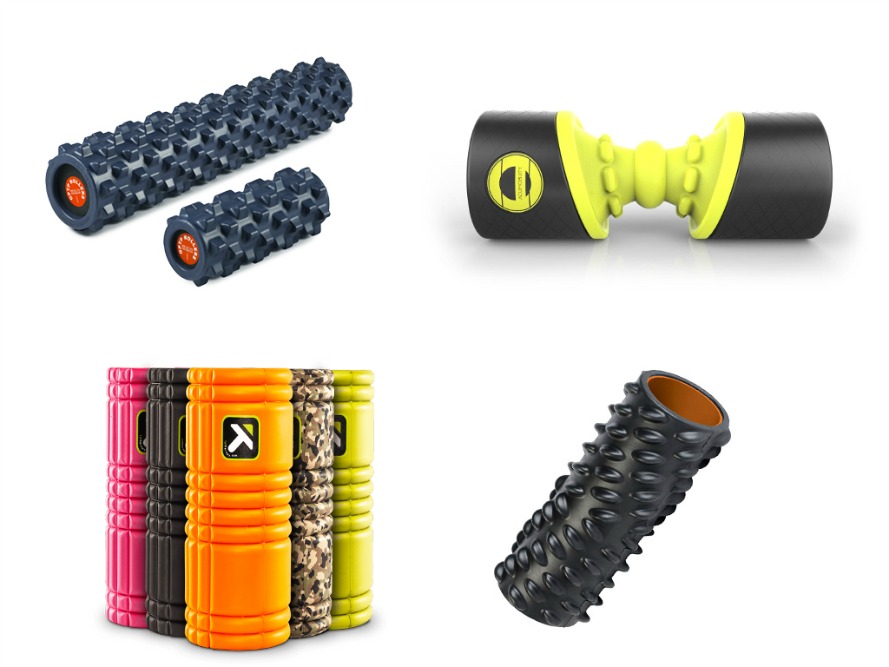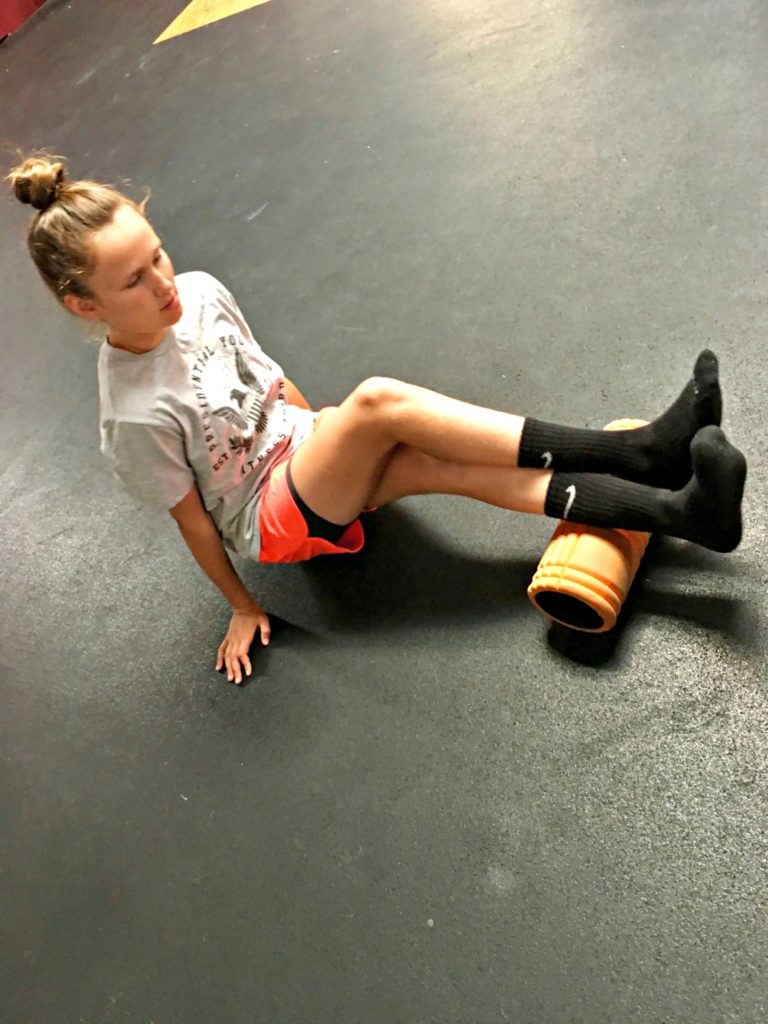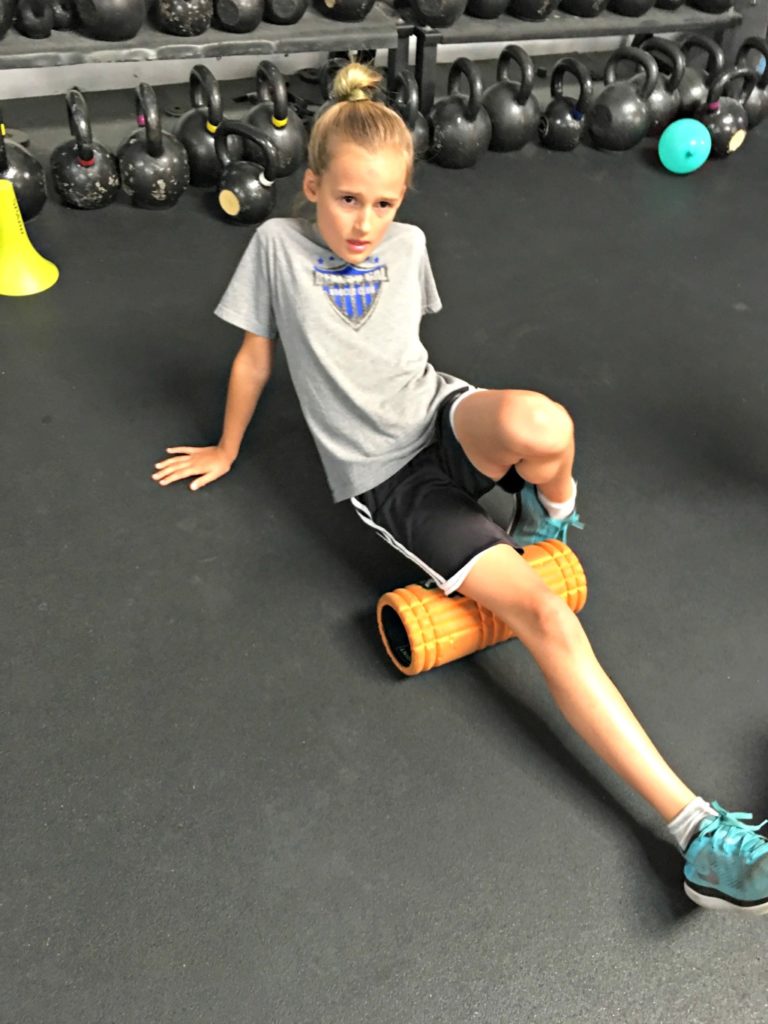
Foam Rolling 101 – Easy Tips For Your Young Athlete.
Foam rollers are everywhere! My nine-year-old daughter just asked me to buy her one for overnight soccer camp. Kids are using them before workouts and games and after practices. They are the “IN” apparatus for sporty kids. We now own three.
“Foam Rolling,” or the more technical term, Self-Myofascial release, is a fancy term for self-massage. This simple action done 5 – 10 minutes a day can release muscle tightness, ease muscle soreness, correct imbalance, increase range of motion and prevent injury.
These bright and fun foam shapes used to be used only by professional athletes and physical therapists. Now every coach, trainer and parent is insisting that kids “Roll out.” Kids are training longer hours and more days than ever before and overuse injuries are plaguing our young athletes. So, this newfound obsession is actually very useful.
They come in all shapes, sizes, colors and textures; smooth, hard, bumpy, soft, long, short, you name it. Each one is supposed to do something different for your body; glutes, calf, hammy, back, quads, there’s even one just for feet. The good news: most can be used on multiple areas. And as my kid’s trainer said, there is only one rule, if it’s sore, roll on it.
The main purpose is to help avoid injury or release muscle knots that occur from sports and physical activity. By applying pressure to specific points on your body, you are able to aid in the recovery of muscles and return them to normal function. This means without injury, pain or soreness, ready to react and perform. They have also been known to increase energy throughout the day and help you sleep better at night.
Here are eight simple foam rolling tips from Rhett Elzarrif, Head Sports Performance Coach at The Factory in Sherman Oaks:
- If it hurts, roll it out, pretty simple. Apply your body weight in pressure anywhere you have soreness, achy or tired muscles.
- Best time to roll: BEFORE stretching, pre-workout, or to start and end your day.
- Spend about sixty seconds per area, slightly longer if you find a knot or sensitive spot.
- If you do find a knot, rock back and forth over the area.
- Roll very slowly, about 1 inch per second.
- Rolling can be painful. A distraction like watching television can be helpful.
- Drink A LOT of water. Rolling breaks down tissue just like working out, so you need to stay hydrated!
- Avoid “pain face”- relax when it gets difficult. Your body is going to fight the tension and your nervous system will go into defense mode, relaxing your face will allow your entire body to relax and avoid this.
Our favorite rollers: Most range in price from $9.00 – $50, with some as much as $100 – $150 with a built in vibration for deeper massage. Our favorite roller is the $39.99 Trigger Point by Rogue. My kids like the different textures that give a deeper massage. My nine-year-old daughter prefers a smaller one, the Deep Recovery – High density It costs $14.95 and fits her smaller frame better and it’s easier to carry with her; she takes it on trips and overnights and can easily fit it into her bag.
(ILTWYP participates in the Amazon Affiliate Link advertising program and will receive a small percentage of any items purchased)













